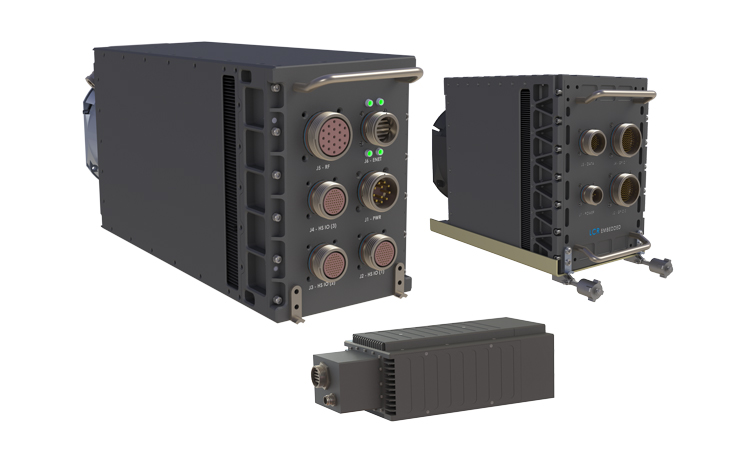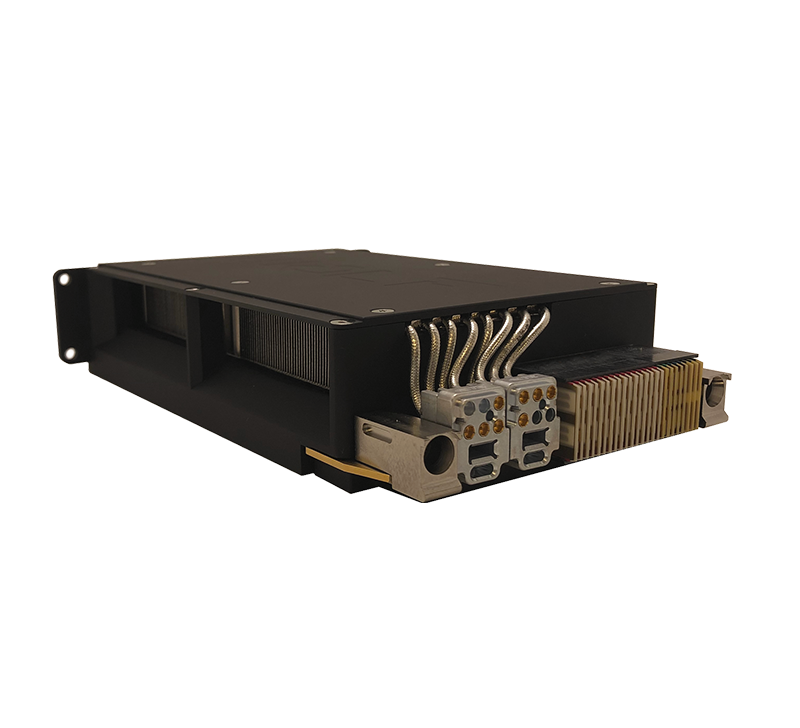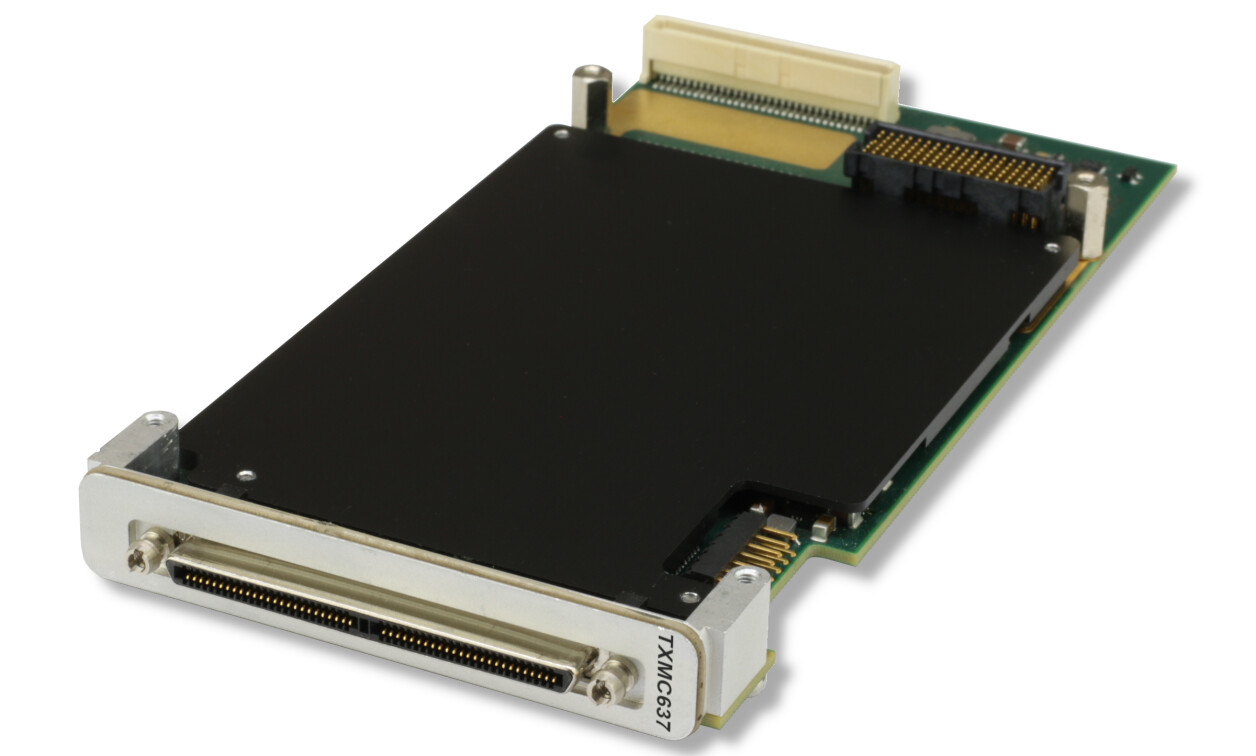Bus & Board kicked off with a media-only session on Sunday where Curtiss-Wright Controls Embedded Computing (CWCEC) showcased what they called the first public demo of a working VPX single board computer – the VPX-185 dual-core 8641D PowerPC. Installed in a Hybricon “T-frame” (open) VPX chassis, the ‘185 was joined with two CWCEC CHAMP-AV6 DSP boards all spewing about 1.2 Terabits/s of pseudo-random of memory packets across the VPX 5-slot mesh (populated by 3 cards in the demo).
The next day, one message reverberated through the VPX breakout session at Bus & Board: VPX and VPX-REDI have kissed the committees goodbye, shedding their VITA 46 and VITA 48 monikers and putting out the “For Sale” signs. Seven key COTS vendors (CWCEC, Elma, GE Fanuc/Radstone, Hybricon, Mercury, Parker Hannifin, and MicroMemory) divulged their offerings during the session. Clearly, customers can walk right up and plunk down their cash for spiffy new VPX product. Be the first on your block to own one.
A VPX Quick Start Kit, including a 6-slot chassis and one or more Curtiss-Wright VPX modules, is now available off the shelf. In addition, CWCEC’s VPX system partner, Hybricon, just started offering a full line of VPX as well as mixed VXS-VPX backplanes. Mesh backplanes are available from Elma, in addition to their 4U portable tower enclosure with removable sides for easy test and debug.
GE Fanuc/Radstone has begun targeting embedded training, digital mapping, and vehicle display applications with their integrated rugged subsystem in the 3U VPX form factor. Complete VPX-REDI systems announced by Mercury Computers include quad processor PowerPC 7448 boards, dual PMC/XMC sites, and two Virtex-4 FPGA compute nodes. Micro Memory introduced carriers for VPX based on the Virtex-4 SX series of FPGAs.
Parker Hannifin released a small footprint demonstrator that provides interchangeable slots for conduction and liquid cooling. Since the liquid cooling is in the sidewalls in the slots themselves, the chassis maintains its 1 ATR size.
Like all aggressive early shoppers, those to the store first get the best technical bargains. In this case, early VPX adopters have an excellent opportunity to help refine vendors’ VPX product lines by disclosing their system requirements against the variety of VPX flavors underway by the VPX community. Options range from I/O mapping, fabric choices, hybrid backplanes (to accommodate legacy VME64x cards), or whether they want the “biggie fries” with their order.
Detailed product information and photos can be found in the Bus & Board product roundup at vmenow.com. Press releases are available at vmecritical.com.










